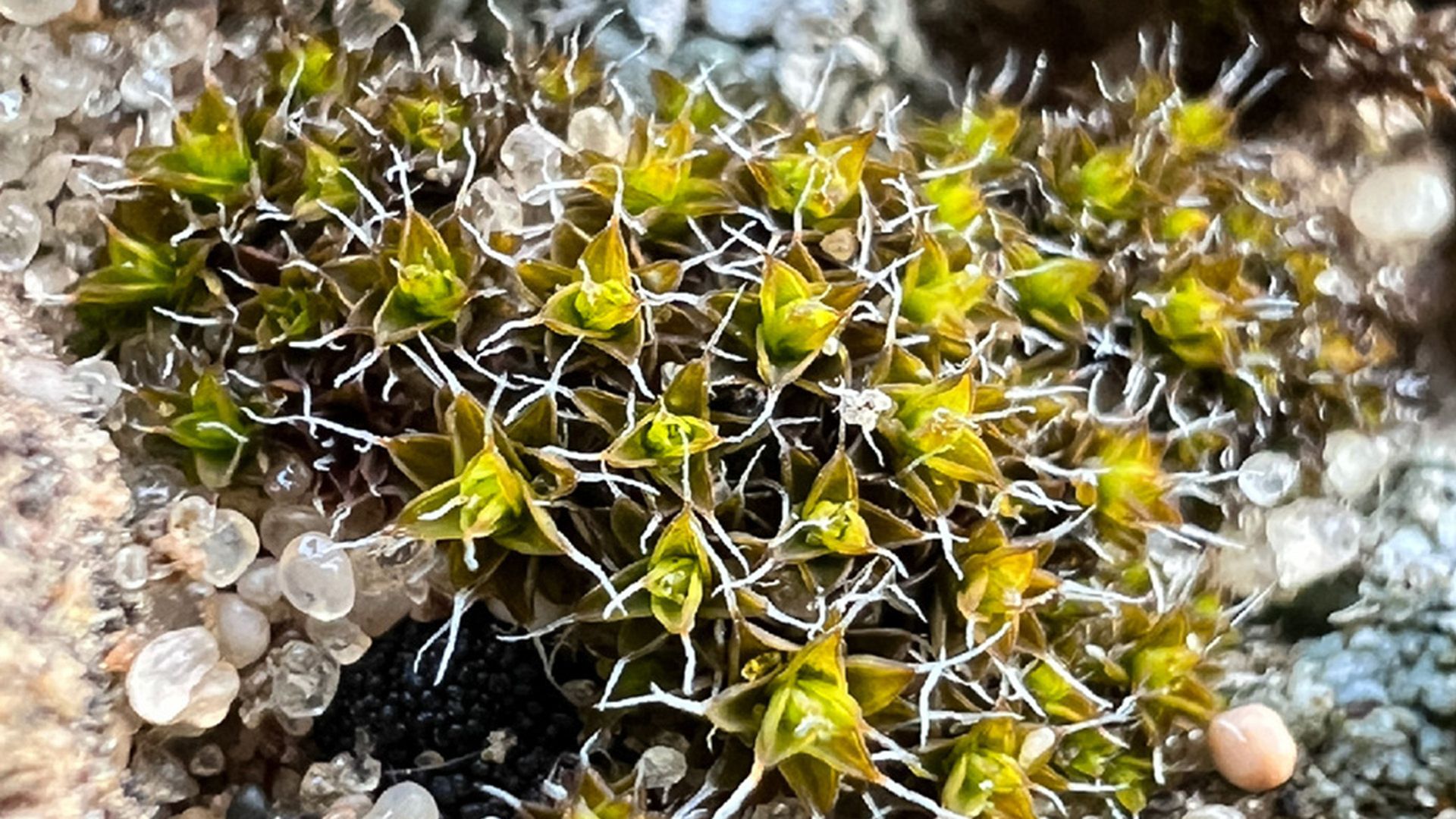Scientists in China have discovered a ‘super moss’ that could help sustain life on Mars.
The super resilient Syntrichia Caninervis moss was found in the desert in the western region of Xinjiang and could help sustain colonies on the red planet, according to scientists at the Chinese Academy of Sciences.
Moss is a very absorbent plant and can hold more than its own body weight in water.
When the scientists dried out this particular species of moss and then rehydrated it, it sprang back to life within seconds.
They also froze it and zapped it with radiation, trying to recreate conditions on Mars, and the moss still came back to life, photosynthesising and growing as normal.
Once on Mars, the scientists say it could help to make oxygen, suck up CO2 and keep soil fertile.
They found that even after losing more than 98% of its water content, the moss was able to recover within seconds when it was rehydrated.
First samples ever collected from ‘far side’ of the moon make it back to earth
Filipino soldiers fight off ‘armed’ Chinese coastguard with ‘bare hands’ in disputed South China Sea
Putin’s trip to North Korea underscores relationship – but China will be watching
Read more from Sky News:
Scientists attach living skin to robots to make them smile
NASA volunteers complete year-long mission in 3D-printed bunker
Esports World Cup kicks off with record-breaking prize money
It can also regenerate after being stored in a freezer at -80C (-112F) for five years or in liquid nitrogen for a month.
The moss is found in Xinjiang, Tibet, a Californian desert, the Middle East and polar regions.
Please use Chrome browser for a more accessible video player
Racing to Mars
The race to outer space has spurred China and the United States to launch exploration plans in recent years.
Last month, China retrieved samples from the far side of the moon and brought them back to Earth in a world first.
Keep up with all the latest news from the UK and around the world by following Sky News
Be the first to get Breaking News
Install the Sky News app for free
Read more:
Why moon’s south pole is chequered flag of space race 2.0
Those samples may tell them what can be built on the far side of the moon to help them get to Mars more easily.
In the US, NASA has formulated a 20-year plan for Mars, seeking answers as to whether the red planet is habitable for humans.










